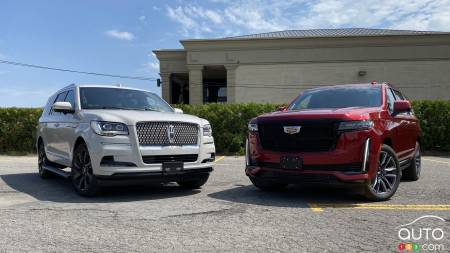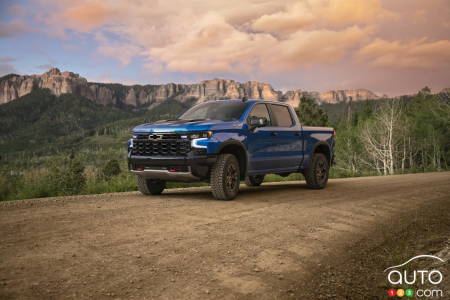• Payments of more than $1,000 per month are increasingly common for buyers of a new vehicle in the U.S.
• 15.7 percent of buyers now pay more than $1,000 per month for their new vehicle.
• When buying a new vehicle, 17.4 percent of consumers also have to finance an outstanding amount still owing on their old one.
As prices for new vehicles continue to rise, monthly payments on both leases and purchases have increased significantly over the past year.
A study conducted by Edmunds in the United States comes to some disturbing conclusions on the subject, particularly when we look at the percentage of new-vehicle owners who find themselves with monthly payments of more than $1,000.
The percentage of car loans that entail a monthly payment of more than $1,000 reached a record high last year. According to the company, 15.7 percent of buyers who financed a new car in the fourth quarter of 2022 agreed to four-figure monthly payments.
For comparison, the percentage was 10.5 percent in 2021 – which means we're talking about a 50-percent increase.
Supply issues and inflation have put upward pressure on prices. Then there’s the significant increase in interest rates, which has obviously impacted on car loan financing as well. To try to compensate, buyers are increasing their down payments, though not by enough to have a significant impact.
Browse cars for sale available near you

Another element to consider is the growing percentage of people who are left with negative equity, or an amount still owing on the vehicle they’re trading in and that has to be rolled into the new loan.
In the fourth quarter of 2022, this was the reality for 17.4 percent of new car buyers. Edmunds says that if the market collapses and a higher percentage of owners owe more than their vehicle is worth, it could potentially lead to a crisis in the automotive sector. At best, the market would likely see a slowdown in new car purchases.
This is something to watch, of course. We do not have figures for Canada, but we can imagine a similar picture.



